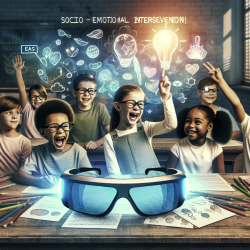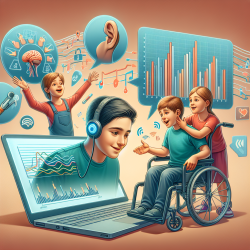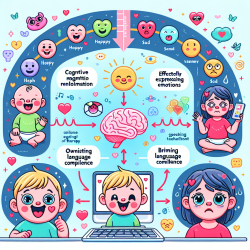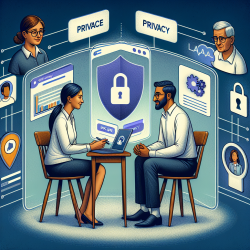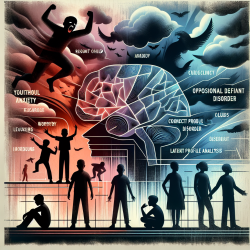The integration of advanced technology into educational settings has shown promising results, particularly for students with Autism Spectrum Disorder (ASD). A groundbreaking study titled "Improved Socio-Emotional and Behavioral Functioning in Students with Autism Following School-Based Smartglasses Intervention: Multi-Stage Feasibility and Controlled Efficacy Study" reveals the transformative potential of smartglasses in addressing socio-emotional and behavioral challenges in children with ASD.
Key Findings
The study, which utilized the Empowered Brain smartglasses, demonstrated significant improvements in:
- Irritability: 90% reduction in irritability scores.
- Hyperactivity: 41.6% reduction in hyperactivity scores.
- Social Withdrawal: 45.6% reduction in social withdrawal scores.
These results underscore the effectiveness of smartglasses in improving key behavioral metrics that are critical for the academic and social success of students with ASD.
Implementation Strategies for Practitioners
For practitioners aiming to replicate these positive outcomes, here are data-driven strategies to consider:
1. Consistent and Structured Use
The study found that regular, twice-daily 10-minute sessions using the smartglasses were effective. Incorporating this structured approach into daily routines can yield significant improvements in behavior.
2. Multi-Disciplinary Collaboration
The intervention was facilitated by both special education teachers and speech-language therapists. This collaborative approach ensures comprehensive support for the student, addressing various aspects of their socio-emotional and behavioral needs.
3. Continuous Monitoring and Feedback
The smartglasses provided real-time feedback and data on the student’s engagement and behavior. Utilizing such technology to monitor progress and adjust interventions accordingly can enhance the effectiveness of the therapy.
Encouraging Further Research
While the study provides robust evidence of the feasibility and efficacy of smartglasses, further research is needed to explore long-term impacts and scalability. Practitioners are encouraged to:
- Participate in longitudinal studies to assess the sustained impact of smartglasses interventions.
- Explore the integration of other emerging technologies, such as artificial intelligence, to further enhance intervention strategies.
- Collaborate with researchers to contribute to a growing body of evidence supporting the use of innovative technologies in special education.
Conclusion
The use of smartglasses like the Empowered Brain offers a promising avenue for improving the socio-emotional and behavioral functioning of students with ASD. By adopting structured, collaborative, and data-driven approaches, practitioners can leverage this technology to create better outcomes for children. To read the original research paper, please follow this link:
Improved Socio-Emotional and Behavioral Functioning in Students with Autism Following School-Based Smartglasses Intervention: Multi-Stage Feasibility and Controlled Efficacy Study.
